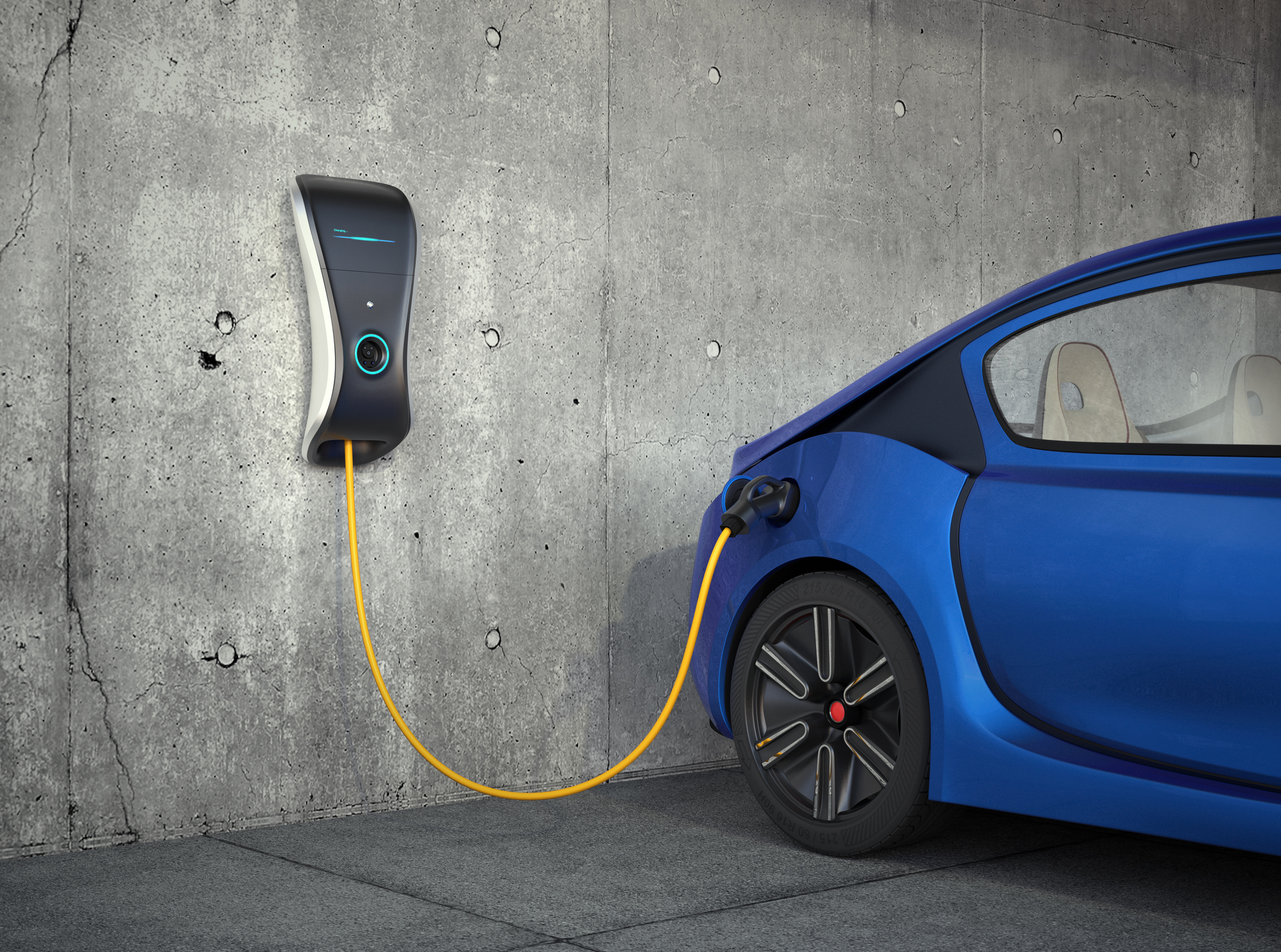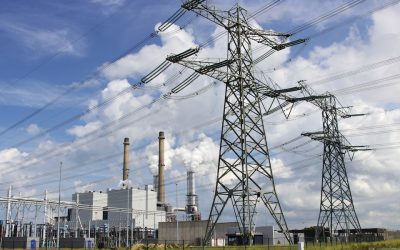The energy transition is facing a growing problem: grid congestion. With renewable energy sources expected to supply 66-80% of the electricity supply in the Netherlands by 2030, the pressure on the grid is increasing. Electric mobility, in the form of Vehicle-to-Grid (V2G) technology and grid-conscious charging, can make a crucial contribution to solving this challenge.
Vehicle-to-Grid : Batteries as energy storage
The battery in an electric vehicle (EV) is comparable to the daily electricity needs of a household (approx. 10 kWh). This offers a unique opportunity: streets full of EVs can function as flexible energy storage for the electricity grid. V2G technology therefore has potential:
- Low cost: Although V2G technology is relatively new, the cost of integrating it into EVs is limited. An upgrade costs only a few hundred euros per vehicle.
- Limited wear and tear: Concerns about battery degradation are unfounded. V2G home discharge puts less strain on the battery than highway use, so the impact on lifespan is minimal.
- Standards on the way: Standardization of two-sided charging stations will arrive in a few years. In countries such as South Korea, V2G is already successful, but in Europe, with its multitude of technologies and providers, clear standards are needed.
Grid-conscious charging: immediate results
In addition to V2G, grid-conscious charging already offers relief for the grid in the short term. It has been proven that time-based electricity rates are used to shift EV charging to off-peak hours more often. However, grid-conscious charging is still rarely used due to:
- Lack of financial incentives : Energy prices for consumers are often fixed, including grid costs and taxes. Leased vehicles have all-in rates. Dynamic price contracts and handy apps can change this.
- Early market phase: Charging infrastructure is realised by pioneers. They often encounter start-up problems and want to earn back their investment quickly. Experiments with two-sided charging stations is often beyond their horizon.
- Low urgency : Few people experience an immediate need to switch to grid-aware charging. Although undesirable, local power outages would lead to greater urgency and an accelerated introduction of grid-conscious charging.
Seize the potential
Electric vehicles can play a key role in sustainable and flexible energy systems. Standards for two-sided charging will lead to broader market introduction of V2G technology in a few years. More financial incentives, dynamic tariffs and an attractive offer for grid-conscious charging by citizens and companies can lighten the grid now.





